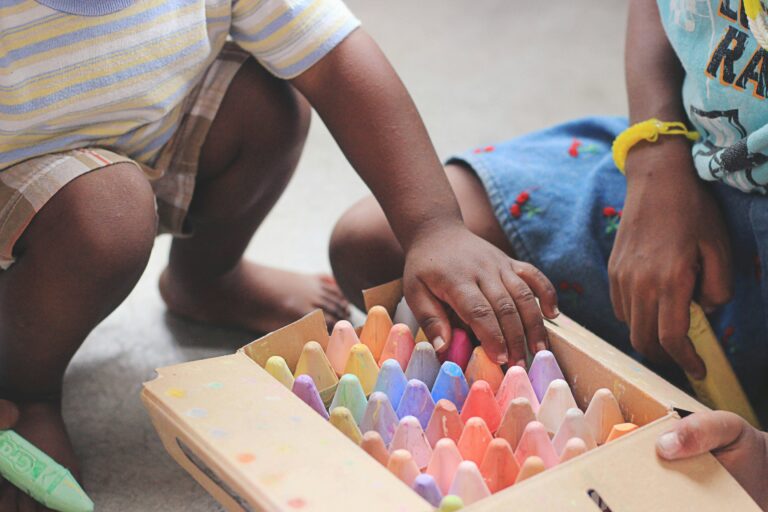More than 520,000 Afghans have returned from Pakistan since September 2023 after Pakistan announced that all illegal foreigners must leave the country voluntarily. Approximately half of the returnees are children.[1]
A Save the Children survey of returned Afghan families and the communities hosting them found that almost all (99%) do not have enough food for the next one to two months. found. About three-quarters of returnee and host community families reduced or restricted their adult meal intake to ensure their young children were fed at least two days in the previous week.
Approximately 40% of returnees and host families surveyed had to borrow food or rely on friends or relatives for at least three days a week, compared with 13% of returnees and 9% of host families. answered that he had to receive food from other people every day.
Approximately 8 million children in Afghanistan, or one in three children, face critical levels of hunger.[2]
Research shows that nearly one in six households lives in tents, and most returnees have little or no means to support themselves. Only a third were able to bring their assets back from Pakistan. Almost half (47%) said there were no jobs in Afghanistan, and 81% said they did not have the skills to be employed.
Almost two-thirds (65%) of children returned to Afghanistan do not attend school. The majority (85%) told Save the Children that they did not have the necessary documents to register and attend school. In Pakistan, more than two-thirds of these children were attending school.
Raihana* (15 years old) returned to Japan with his mother and three siblings and lives with his grandfather. Her family sold everything before leaving Pakistan.
She said: “When I went back to Afghanistan, I said goodbye to my friends there. They were very sad about it and I was sad too. I will never be able to meet him again.” , it’s not easy for us.
“We are in dire need of help. We need shelter, essentials, winter clothes, shoes, blankets, food and medicine. Afghanistan is very cold for us and it is difficult for us because we don’t have winter clothes. My sister and brother were sick, so I brought them here to see a doctor. ”
Save the Children operates five mobile health and nutrition clinics in areas near Torkham and Spin Bolduc, and also has health teams in Nangarhar to support returnees and their host communities. It is also providing cash assistance to 2,500 families returning from Pakistan, as well as providing child protection, psychosocial support, water and sanitation services in camps and reception centres.
Arshad Malik, Country Director for Save the Children in Afghanistan, said:
“Families are returning to Afghanistan with virtually nothing. Most families are supported by relatives and friends, but these communities already have little to support themselves. Their return puts an additional strain on already stretched resources. Children need support and stability. Many illegal Afghan children are born in Pakistan. Afghanistan is not a place they can call home.
“Afghanistan is struggling to cope with displacement pressure. In addition to returns from Pakistan, 600,000 Afghans arrived from Iran last year.[3] Multiple disasters have forced families from their homes, including a series of earthquakes in Herat and an ongoing drought. Afghanistan currently has the second highest number of internally displaced persons in the world, or approximately one in seven people.[4]
“Pakistan has generously hosted large numbers of Afghan refugees for decades, and we are confident that this gesture of compassion and solidarity will help vulnerable families who remain in need of international protection. I hope it continues.”
“Afghanistan not only needs emergency funding from international donors and governments, but also long-term community-based solutions to help all displaced people rebuild their lives.”
/Open to the public. This material from the original organization/author may be of a contemporary nature and has been edited for clarity, style, and length. Mirage.News does not take any institutional position or position, and all views, positions, and conclusions expressed herein are those of the authors alone. Read the full text here.

